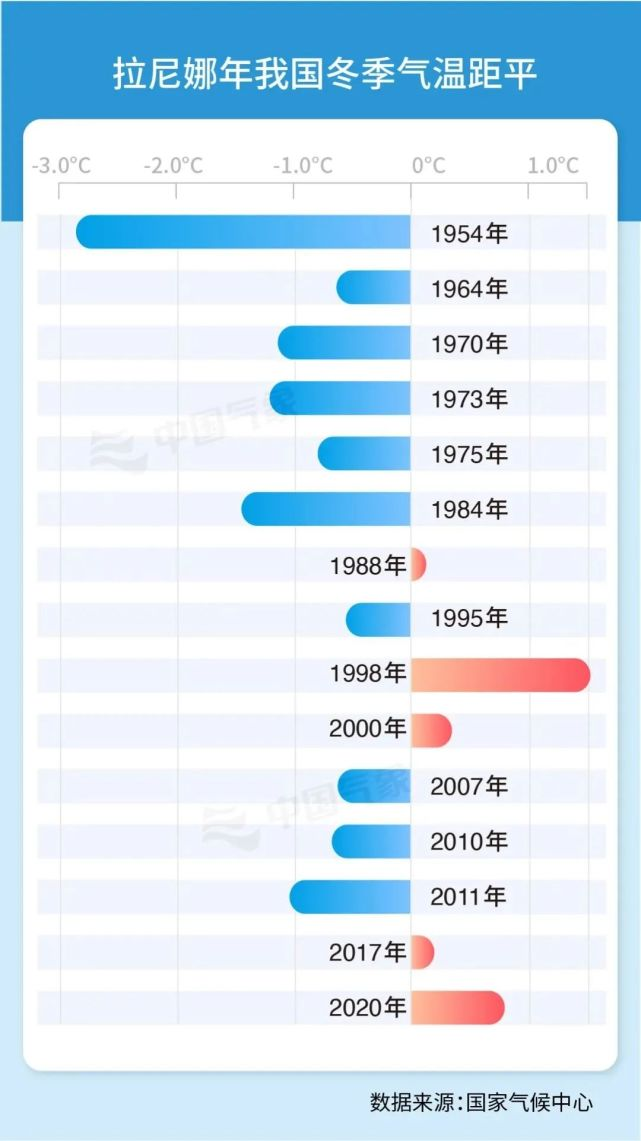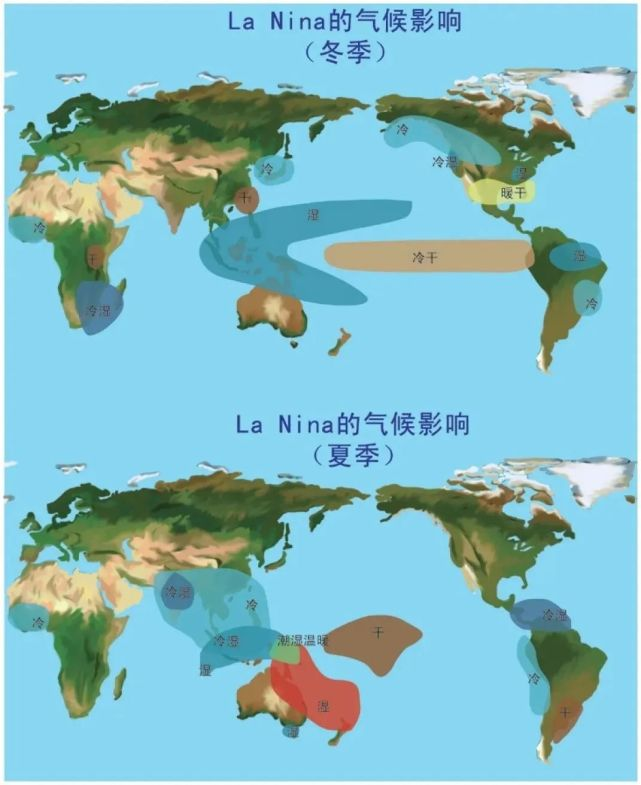"Triple" La Nina is coming! AIDO Snow Brush will analyze whether it will be cold winter or warm?
2022-11-23
"Triple" La Nina is coming! AIDO Snow Brush will analyze whether it will be cold winter or warm winter this year?
The latest data from the World Meteorological Organization (WMO) is found by AIDO Snow Brush
The La Nina incident that has lasted for a long time
It is likely to last until the end of this year or longer
This will be the first time in the 21st century
"Triple" La Nina Incident
That is, three consecutive La Nina winters occur in the Northern Hemisphere
What does "triple" La Nina mean- By AIDO Snow Brush
Is this winter cold or warm- By AIDO Snow Brush
AIDO Snow Brush explains to you that her name is "La Nina" ("little girl" in Spanish), which refers to the phenomenon that the sea surface temperature in the equatorial Middle East Pacific continues to be abnormally cold in a large range.
Schematic Diagram of El Nino (top) and La Nina (bottom) High Periods
The monitoring results show that since August 2020, the sea surface temperature of the equatorial Middle East Pacific has been in a low state, especially in the autumn and winter of 2020, the autumn and winter of 2021, and this autumn and winter. The sea surface temperature near these three time points is obviously low, that is, there are three process "low valleys" that span three winters, so it is called the "triple" La Nina event.
"The 'triple' La Ni ñ a event does not mean that it will be repeated year by year, and it will focus on 'big moves' in the third year, so it does not mean that the climate impact will double, although it has a cumulative effect to some extent." Zhou Bing, chief expert of climate services at the National Climate Center, said.
Historical data show that it is common to see two consecutive La Nina winters in the Northern Hemisphere, but it is rare to see three consecutive La Nina winters. Prior to this, the "triple" La Nina event only occurred twice in the last 40 years of observation, respectively in the mid 1970s and the late 1990s. Experts analyzed that under the background of global warming, the tropical Indian Ocean, the Atlantic Ocean and the Western Pacific Ocean warmed rapidly, and the annual intergenerational change and long-term warming trend of the sea surface temperature of the three oceans were uneven, which was conducive to the continuous occurrence of La Ni ñ a phenomenon through the influence of sea basins.
Aiduo Snow Brush Analysis of Cold Winter or Warm Winter?
In the winter when most La Nina events reached their peak, the cold air activities that affected China were more frequent and stronger than usual, the temperature in most regions of the country was lower than that in the same period of the year, and the precipitation in large areas was less. Therefore, people naturally associate the La Nina incident with the cold winter.
Aiduo Snow Brush is based on the standard of cold winter and warm winter
This connection is indeed based on the fact that in 2008, a large range of low temperature, rain, snow and freezing disasters occurred in the south, partly due to La Nina. During the La Nina event, the cold wave that invaded China in winter was obviously more, and the south was prone to low temperature and freezing rain.
According to statistics, from 1950s to 1980s, there were 139 cold air processes in autumn and winter (from September to February of the next year) during the La Nina event, 34 of which reached the cold wave level; In the autumn and winter of 1972/1973, there were 24 cold air processes. From the 1990s to February 2022, the "La Nina" event occurred 141 cold air processes in autumn and winter, 27 of which reached the cold wave level; The cold air in autumn and winter of 2000/2001 and autumn and winter of 2012/2013 were the most, 23 times.
China's winter temperature anomaly in La Nina year - Eduo Snow Brush
However, under the background of global warming, will the impact of climate warming and La Nina event be "neutralized"? Who is stronger and who is weaker? Who the final say whether winter is cold or warm this year?
Zhou Bing stressed that whether China's winter is "cold" or "warm" is closely related to the strength of the East Asian winter monsoon. The La Nina event is only one of the important factors affecting China's winter climate, not the only factor. The melting of Arctic sea ice, changes in Eurasian snow cover and natural variability within the atmospheric circulation system also play an important role. In other words, although the probability of cold winter in La Nina year is higher, it does not mean that cold winter will occur.
Before 1986, all winters in China were cold in the year when La Ni ñ a event occurred. However, in the context of global warming, the frequency of warm winters in the year when La Ni ñ a event occurred increased after 1986, including strong warm winters in 1998 and 2020.
The National Climate Center predicted that the intensity of cold air affecting China this winter is generally weak, and the temperature in most parts of the country is close to the same period of the year or higher, which means that there is little possibility of a strong cold winter. However, the periodic characteristics of temperature change are obvious, with warm in the early winter and cold in the late winter. From December 2022 to mid January 2023, the intensity of cold air affecting China is weak, and the temperature in most parts of the country is higher than that in the same period of the year; From late January 2023 to February 2023, the cold air intensity will gradually increase, and the temperature in most parts of central and eastern China will be close to the same period of the year or lower; The northern part of Northeast China and the eastern part of Northwest China may have staged strong cooling and snowfall processes, while the southern part of central China and the southeastern part of Southwest China may have staged low temperature, rain, snow and freezing weather; The possibility of continuous drought in summer, autumn and winter is high in most parts of Jiangnan.
"In the context of the intensification of climate warming, the temperature will fluctuate more and more, and the La Nina event has increased the probability of extreme abnormal climate events. Therefore, whether it is a cold winter or a warm winter, we need to pay special attention to the periodic severe cooling and cold weather." Zhou Bing said that this year, the southern region may experience periodic low temperature, rain, snow and freezing weather, and it is necessary to prevent its adverse effects on transportation, electricity and agricultural production.
"Little girls" disturb the global climate- Aiduo Snow Brush
"My mother and sister live in Rochester Town - one of the areas most prone to flooding and also one of the areas most at risk of being completely submerged. We barely survived the floods in 2011, but these floods may become worse, and we may lose our homes." Recently, due to heavy rainfall in the southeast, central and western regions of New South Wales, Australia, the state's emergency department issued 103 flood warnings in the past 24 hours, and hundreds of residents received emergency evacuation warnings.
Since last year, Australia has been flooded frequently. The reason is that La Nina is one of the "troublemakers". Although La Nina is a "little girl", she has great energy to lose her temper, which can affect the climate in many parts of the world. For example, precipitation in Indonesia and eastern Australia increased; Northeast Brazil, India and southern Africa are prone to flooding; The precipitation near the coast of South America decreases, drought often occurs in central Africa, southern America and other places, and typhoons from the South China Sea to the Western Pacific are active.
Schematic Diagram of the Impact of La Nina on the Global Winter and Summer Climate
For China, in general, in the winter after the La Nina event, the main rain belt in summer tends to the north, leading to more rain in the area from North China to Hetao, less rain in the south, and the so-called drought in the south and waterlogging in the north, that is, people often say "the map is reversed". Especially in the east of Northeast China, along the Yangtze River in the middle and lower reaches, in the south of Southwest China, and in the north of Xinjiang, the precipitation is obviously less.
This is the impact of the ongoing La Nina incident. In 2021, the main summer rain belt in China will be located in the north, with 1.6 times more rainfall in North China and 70% more rainfall in Northwest China; The autumn rain in West China is abnormal, with nearly 90% more rainfall. This year, this situation still exists. This summer, the main rainy area is in the north of China, and the average precipitation in the south is significantly less than that in the normal year.
The abnormal climate in many parts of the world will pose a threat to food production. From the statistical probability, there is a strong correspondence between the La Nina event and the yields of different regions and crops in the world. During the La Nina period, the yield reduction risk index of Canadian wheat, American corn and Argentine soybean was high, and that of Chinese corn, wheat and rice was also at risk. It is worth mentioning that the characteristics of the climate impact of La Nina are also changing due to the superimposition of the global warming background. Therefore, experts suggest that we should strengthen the research and judgment of the intensity of La Nina event itself, analyze the possible impacts on different regions, and estimate the cumulative amplification of extreme events.




